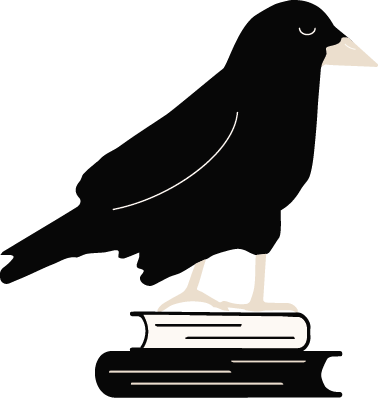
So, you’ve written your book. You want to start revising. You open the document and look at the hundred of pages that you’ve poured your heart into, and you are filled with dread at the idea of taking your whole book and trying to make it better.
If this scenario sounds familiar, then I have good news for you. Developmental editing—the kind of editing where an editor looks at the big-picture issues in a story—happens in stages, and some of those stages are accessible to you before you even hire someone.
The most important tool that developmental editors use is called a story map. (Other editors may have different terms for it; this is the term that I learned in publishing school.) A story map, contrary to what you might imagine, is not a visual map, but rather a detailed outline that helps you organize your story and move forward with revisions in a manageable, less terrifying way.
How do you make a story map?
Many writers outline their stories before they begin writing. (These writers are called plotters, as opposed to pantsers, who write, sans outline, by the seat of their pants.) Your pre-writing outline has the scaffolding of what you want your story to become, but often it changes quite a bit by the time you finish writing.
A story map, on the other hand, is created after you finish writing. It’s reverse outlining—taking a finished story and outlining not what it will be but what it is.
When I make a story map, I go page by page through a book and write down a point or two for every page. This makes it more detailed than an outline, which might only have the most important parts of the book. My story maps, unlike an outline, look more like this:
p 1: MC wakes up and goes to brush her teeth; looks in mirror and thinks about the monotony of her life
p2: gets shaken out of routine by a knock on the door; goes to see who it is
p 3: finds only a mysterious package labelled “Don’t open until midnight.”
By the end of the book, I have a several-page outline that has all of the events of the book, written in short-form. That’s my story map.
(An edit from a few months later: At the wonderful ACES: Accelerate conference in September, I attended Christina Frey's fantastic presentation on story maps, and she suggested using colour-coding and highlighting to keep track of things like conflict, relationship progression, world-building, motivation, and more. This has revolutionized how useful my story maps are, and I highly recommend this technique!)
How do editors use story maps?
In the same way that authors can feel overwhelmed by staring at a full book with the goal of “fixing it,” editors need methods to find the places that a book could use improvements and the ways to make said improvements. This is where the story map comes in.
A story map gives you the full story but without the lovely writing, the transitions, etc. When revising directly on the manuscript, it’s easy to get stuck in moments of “Oh, but that paragraph flows so well into the next one; I can’t move it!”
I use story maps to take the sentimental value of the writing out of the equation.
The story map allows me to look directly at the events of the book to see if, content-wise, they flow properly from one thing to the next.
In a book I edited recently, I didn’t notice a chronological inconsistency on my first read, but when I went through again to make my story map, I realized that someone already knew something that they wouldn’t be informed about until later.
By consolidating a book into a story map, I can visually see where in the story major events happen. Is the plot rising and falling correctly? Should the characters meet sooner? How early do they start to fall in love? The story map can help me figure it out.
How can authors use story maps?
A lot of authors, especially self-publishing authors, can’t afford to hire both a developmental editor and a copyeditor. That’s completely understandable—editors are fully aware of this reality. If you want to get some of the benefits of a developmental edit and your budget doesn’t allow for one, learning to do some of it yourself is a great approach.
Using a story map can take away the paralyzing feeling of having to revise your whole book at once. You, as a writer, are understandably attached to your words and phrases and transitions. By creating a story map, you can remove yourself slightly from your own writing and look at the story with a bit more objectivity. You’ll be surprised by all the things you learn about your story when you take a step back and look at it this way!
Want to learn more about story maps and developmental editing?
Learning developmental editing techniques is great, but it can’t replace the benefit of working with a trained, experienced developmental editor. If you would like to learn more about story maps, developmental editing, or working with an editor, Rookwood Editing is here to help! Get in touch today!








